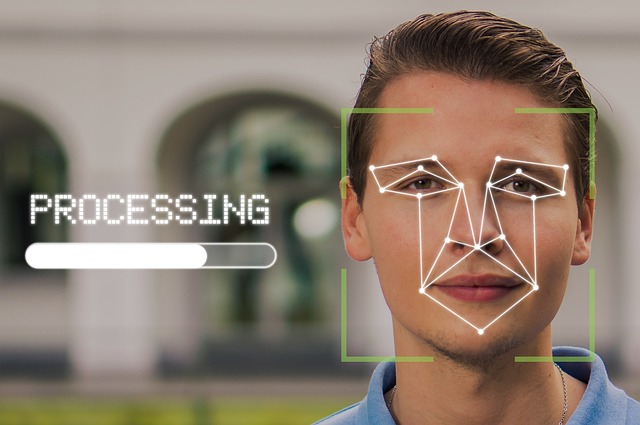
Securing Your IT Infrastructure: Mastering Authentication for Information Technology
Understanding the Importance of Authentication in IT Security
In today’s rapidly evolving digital landscape, the protection of information technology (IT) infrastructure has never been more critical. At the heart of robust security measures lies the concept of authentication. It serves as the first line of defense against unauthorized access, helping to ensure that the modern age of connectivity does not compromise the safety of vital data.
The Role of Authentication in IT Security
Authentication is the process of verifying that an individual, device, or system is who or what it claims to be. This process is vital in maintaining the integrity of information systems as it helps to prevent data breaches and identity theft, two of the greatest threats in today’s digital world. By implementing strong authentication mechanisms, organizations can significantly reduce the risk of cyberattacks, safeguarding sensitive information and maintaining trust with clients and users.
Types of Authentication Methods
As technology continues to advance, so do the methods used for authentication. Here are a few of the most common types:
- Password-Based Authentication: This method requires users to create a unique password for their accounts. While this is the most straightforward approach, it can also be the most vulnerable if users choose weak passwords or fail to update them regularly.
- Two-Factor Authentication (2FA): An additional layer of security, 2FA mandates that users provide a second form of verification alongside their password. This can be through a text message, email, or an authentication app, making unauthorized access significantly more difficult.
- Biometric Authentication: Utilizing unique physical characteristics such as fingerprints or facial recognition, biometric authentication provides a high level of security that is hard to replicate or forge.
- Single Sign-On (SSO): This method allows users to access multiple applications with one set of credentials, streamlining the user experience while maintaining security protocols across different platforms.
The Need for a Comprehensive Authentication Strategy
It is essential for organizations to adopt a comprehensive authentication strategy that not only utilizes the methods mentioned above but also continuously evaluates and adapts to emerging threats. Regular audits, employee training, and the adoption of security best practices are vital components in fostering a culture of security within an organization.
Moreover, organizations must remain vigilant about the latest technological developments and regulations related to security and authentication. Investing in advanced solutions, such as adaptive authentication and machine learning algorithms, can aid in identifying potential security breaches before they occur.
Building User Awareness and Trust
Ultimately, the effectiveness of any authentication system hinges on user awareness and cooperation. Organizations should prioritize educating their employees about the importance of security practices and the role they play in protecting sensitive information. By fostering a culture of security awareness, users become not just passive participants but active defenders of the IT infrastructure.
In summary, authentication is a vital pillar of IT security. As cyber threats grow in sophistication, organizations must take proactive steps to ensure their authentication methods remain robust and effective. Through a combination of technology, education, and strategic planning, businesses can create a secure environment conducive to growth and innovation in the digital age.


